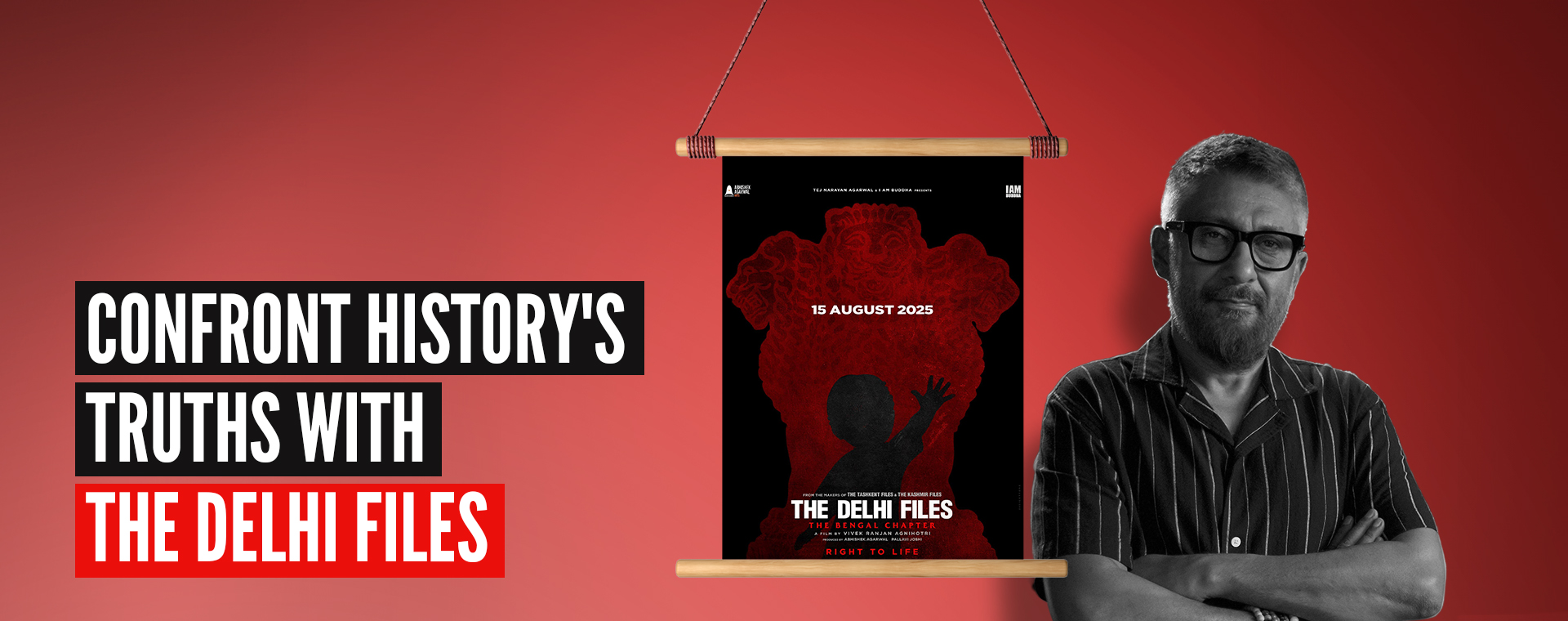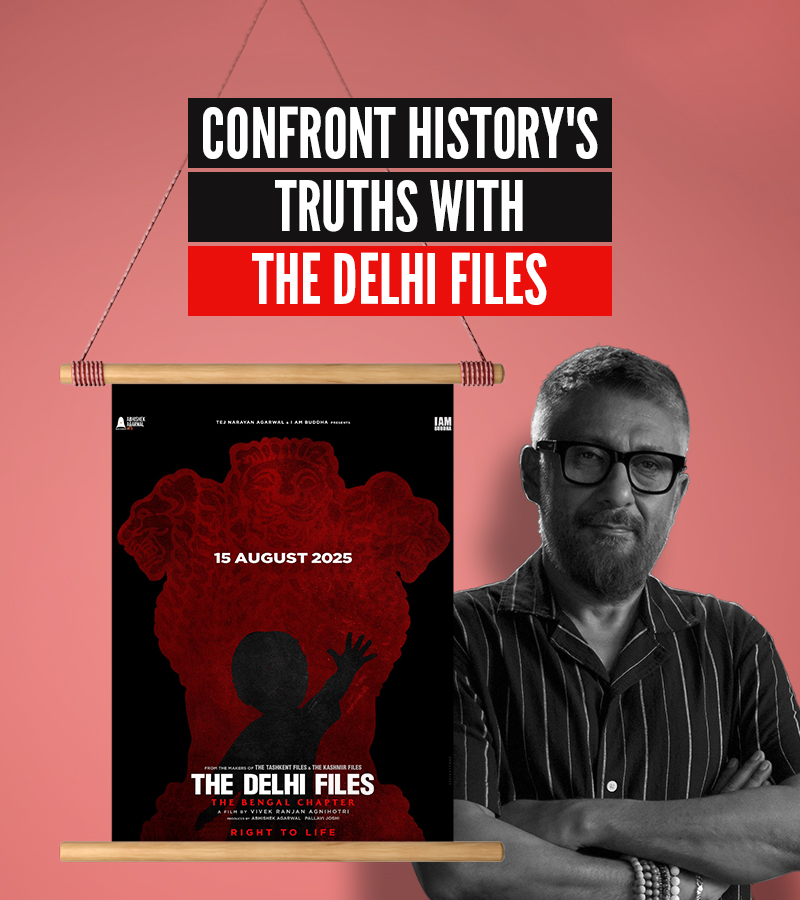

Exploring the Historical Context of ‘The Delhi Files’
The film promises to challenge what you think you know about Indian history.
In Indian cinema, few storytellers dare to dive deep into the complexities of history, with Vivek Ranjan Agnihotri being one of the select few. His newest offering, The Delhi Files, releasing on August 15, 2025, is set against the backdrop of India’s partition, bringing not only raw emotion but also the critical framework of what went down during that period in India’s history.
“This film is about showing them (the audience) the mirror. It’s about connecting hearts and reflecting on the truth,” declares Agnihotri. Through powerful storytelling and meticulous research, the film explores the events surrounding Direct Action Day, Noakhali, and the political landscape in Bengal during the 1940s—events that remain largely overlooked in mainstream narratives.
Direct Action Day: The Spark of Violence
The film draws attention to one of the darkest days in the subcontinent’s history—Direct Action Day, which happened on August 16, 1946. This was a cry out by the All-India Muslim League for a mass demonstration in support of the creation of Pakistan. Instead of a peaceful protest, it escalated into one of the most horrifying communal riots, primarily affecting Kolkata (then Calcutta). The streets were laden with blood, with thousands massacred and homes destroyed. The Delhi Files captures this tragic event, highlighting the deep-rooted tensions between communities and the sinister political ambitions that fueled them.
Noakhali: A Tale of Betrayal and Brutality
Another pivotal moment the film brings to light is the Noakhali riots, which took place in the same year, 1946. Noakhali, located in present-day Bangladesh, became a site of unspeakable violence where Muslim mobs targeted Hindus, assaulting women, killing families, and destroying generations of villages. The horror of Noakhali stands as one of the most brutal expressions of communal violence during the Partition era. The Delhi Files uses this history as a microscopic lens to investigate the aftermath of these events, where the scars of such violence went beyond physical destruction and left lasting emotional and cultural wounds that would linger for generations.
Bengal’s Political Landscape: The Struggle for Identity
The political landscape of Bengal in the 1940s was deeply entangled in the struggle for identity—between those pushing for the creation of Pakistan and those advocating for a united India. As Agnihotri puts it, “In today’s history, there is a lot of fight going on about great identities. So, what is our main identity? Who are we? If we are Indians, then what is India? What are we proud of? What did we lose? What did we gain?”
This political tug-of-war became increasingly intense, with ideologies sharply divided along religious lines. The film sheds light on Bengal’s fraught journey as it navigated these ideological currents, with both the Hindu and Muslim populations caught in the crossfire of political decisions. The Delhi Files also brings attention to the role of influential political leaders and their strategic moves during this time, which played a critical role in shaping the region’s future.
Why These Events Matter Today
At first glance, The Delhi Files may seem like a film about the past, but the history it touches upon is incredibly relevant in today’s India. As Agnihotri and producer Abhishek Agarwal note, “If you have even a little thought about India, then this film you cannot miss.” While the movie touches on painful and uncomfortable truths, it doesn’t hesitate to ask tough questions about national identity, unity, and the cost of historical amnesia. The intention is not to preach but to provoke thought, encouraging the audience to reflect on past events and how they continue to shape contemporary India.
The Role of Cinema in Uncovering Historical Truths
While mainstream films rarely explore these painful aspects of history, The Delhi Files boldly showcases these unsettling truths. It’s a reminder that cinema can be a powerful tool for social awareness, historical reflection, and, ultimately, healing. By presenting such an in-depth look at Direct Action Day, Noakhali, and the broader Bengal political climate, the film serves as both a historical document and a call to action for modern-day India to reconcile with its past. “No one has told us the truth of Bengal, and what is the truth today? What has changed? What hasn’t changed? This film leaves it to the audience to decide what is the truth,” Agnihotri remarks.
Ultimately, The Delhi Files is not just a film to watch—it’s an experience that demands to be understood within its historical context. With its painstaking research and bold narrative, it invites the audience to engage with history, not as distant events of the past but as real, lived experiences that continue to shape the very being of Indian society today.
“In the history of India,” Agnihotri concludes, “films like this force you to think. They help us see the ideologies we fight over and show us the mirror.”






